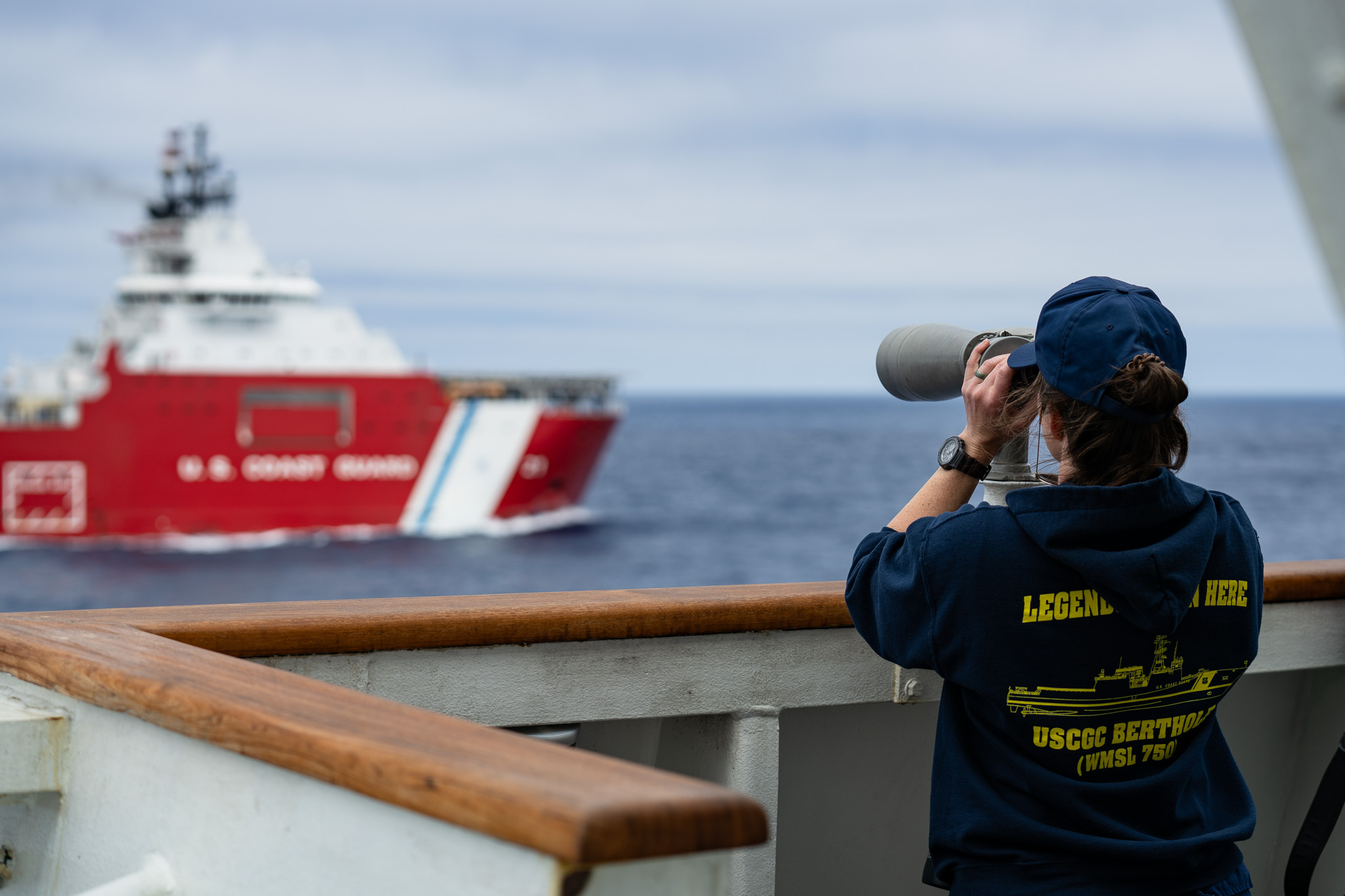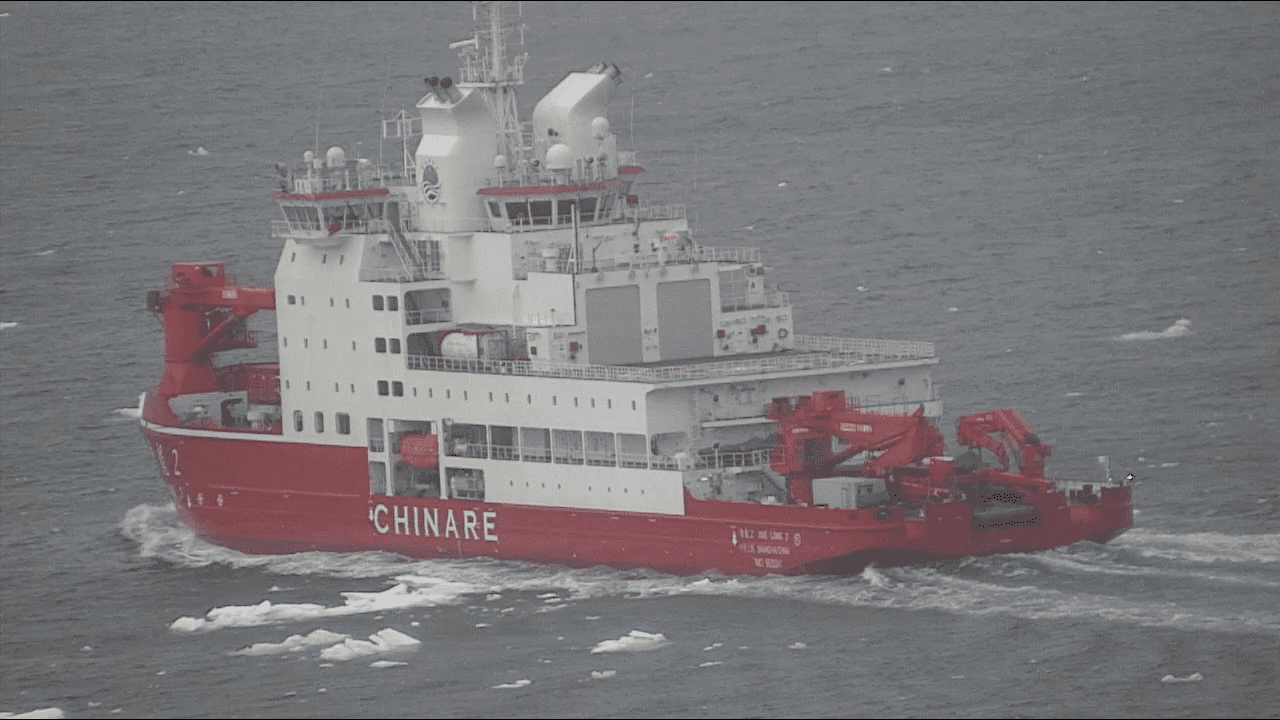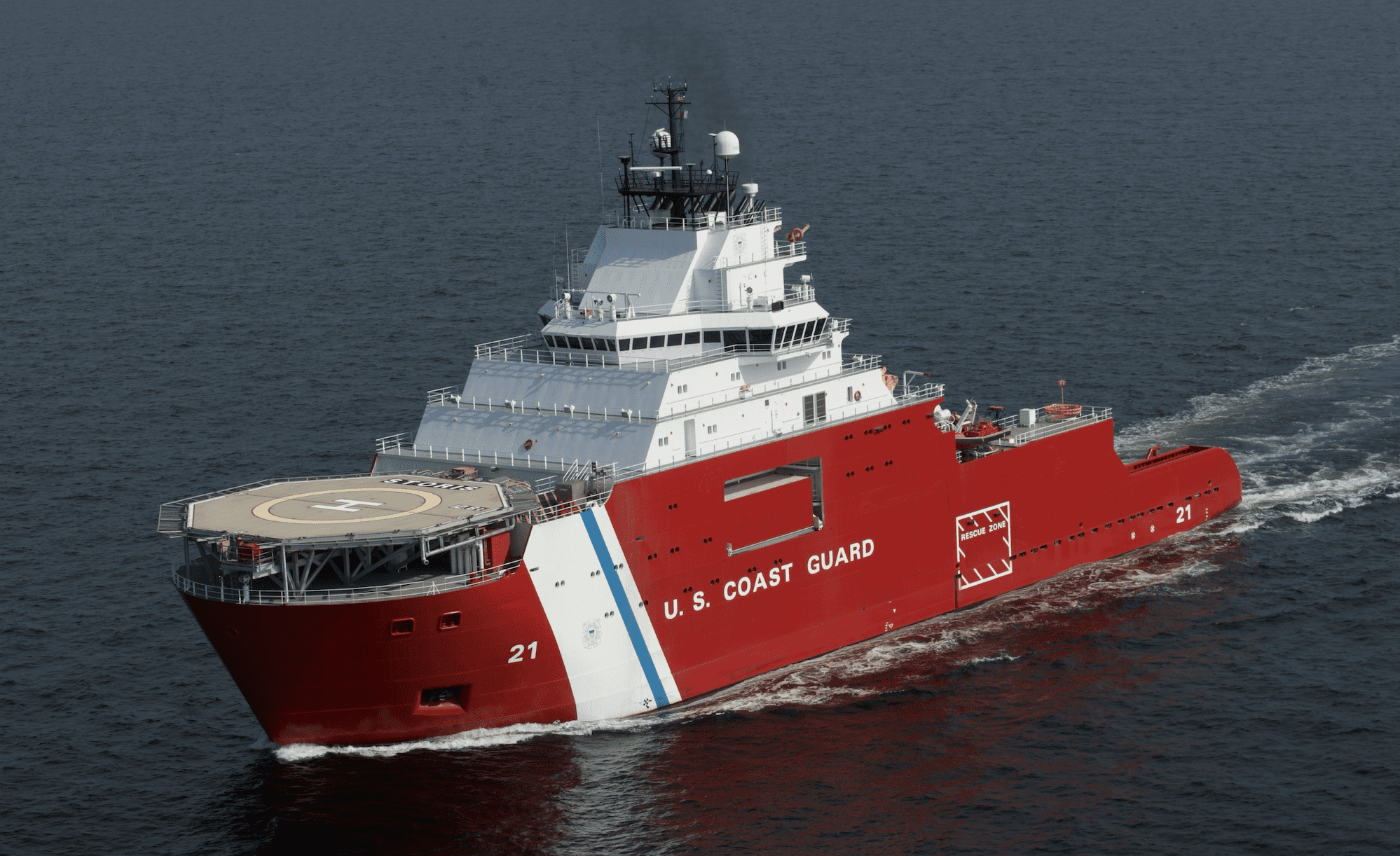
While we have covered eLoran before, most notably in this eLoran FAQ early last year, new headlines provide the need for revisiting the topic. In an article titled “Will Obama Kill Navigation Backup System as GPS Threatens to Fail?” Popular Mechanics tells us:
Even as a government watchdog agency warns that GPS navigation satellites could fail, the Obama administration’s proposed fiscal 2010 budget has quietly killed the nation’s backup navigation system.
The Government Accountability Office (GAO) released a report last week warning, “It is uncertain whether the Air Force will be able to acquire new satellites in time to maintain current GPS service without interruption. If not, some military operations and some civilian users could be adversely affected.” The report also notes that the current program is about $870 million over budget and the launch of its first satellite has been delayed to November 2009, almost three years late.
This GAO report comes at a bad time for the Obama administration, which cut funding for the nation’s only backup to GPS from its 2010 budget. The LORAN system, which stands for Long-Range Aids to Navigation, is a network of terrestrial transmission stations, equipped with antennas as tall as 900 feet and staffed with Coast Guard personnel.
The network has been on the verge of obsolescence because GPS has a wider range and can transmit more precise information. That’s why Peter Orszag, director of Obama’s Office of Management and Budget, in an online posting on the White House’s websitewrote the “long-range, radio-navigation system has been made obsolete by GPS.” (Full Article Link)
From its invention by Alfred Lee Loomis to assist the Navy and Air Force during WWI to the wide scale adoption of GPS in the 90’s, Loran served the navigation needs of mariners in coastal waters. While Loran-C receivers have been taken off the bridges of most merchant ships it’s replacement, GPS, suffers from enough faults that every mariner is still required by the US Coast Guard to learn both terrestrial and celestial navigation.
What is eLoran?
Enhanced LORAN, also known as eLORAN or E-LORAN, comprises an advancement in receiver design and transmission characteristics which increase the accuracy and usefulness of traditional LORAN. With reported accuracy as good as ± 8 meters, the system becomes competitive with unenhanced GPS. eLoran also includes additional pulses which can transmit auxiliary data such as DGPS corrections. eLoran receivers now use “all in view” reception, incorporating signals from all stations in range, not solely those from a single GRI, incorporating time signals and other data from up to 40 stations. These enhancements in LORAN make it adequate as a substitute for scenarios where GPS is unavailable or degraded. (Source Wikipedia)
(Find out more: gCaptain’s eLoran section)
So what are the problems with GPS?
Control
First, although other systems, like Russia’s GLONASS, the EU’s Galileo and China’s COMPASS, look to provide redundancy of satellites and control, the GPS system is wholly owned and operated by the US Military. In my career at sea I have only seen failure of the system once, while sailing in the Bay Of Bengal around the start of the Iraq War… coincidence?
Redundancy
At sea we like redundancy. All large ships carry two systems for critical operations including 2 compasses (gyroscopic and magnetic), 2 abandonment systems (Lifeboats and Liferafts) and 2 emergency communication systems (radio and INMARSAT satellite based). Currently our primary costal navigation is done via GPS with redundancy provided by fixes, either radar or visual bearings taken from a gyro compass repeater, and I hope this does not change, but as electronic data becomes further integrated in systems like Dynamic Positioning, ECDIS and AIS, safe navigation of vessels in no longer 100% in the control of the watch-stander and his trusty lookout. Should these new systems not have the redundancy of eLoran built in?
For an answer to this question you need not look any further than the offshore industry. New drillships and Semi-submersibles, operating in water depths of up to 10,000 feet, require extremely accurate positioning data to feed their dynamic positioning (DP) computers and they do not rely on GPS alone. To keep station directly above a wellhead thousands of feet with strict tolerances these vessels deploy accoustic bouys on the sea floor to confirm the GPS data. While moving ships can not lay buoys on the sea floor, do large cruise ships and shuttle tankers using the same DP computers not deserve similar redundancy?
Line Of Sight
All positioning systems are line of sight which creates problems. Celestial navigation can not be done under heavy cloud cover, terrestrial bearings are no good in fog and radar fails when a target is behind land. In the same way GPS has it’s failings. While GPS satellites are capable of transmitting signals regardless of weather conditions if the unit’s view of the sky is obstructed it can fail. A recent report (that I can’t seem to locate at the moment) even discussed how GPS receivers are getting so sensitive that they are picking up signals from satellites not in view but bounced off nearby structures. The result is a loss of accurate positioning.
Signal Strength
For various reasons the signal strength of GPS is significantly weaker than that of terrestrial radio systems. This creates the problem of GPS being easily muted anything from a foreign military anti-satellite missiles to a terrorist’s home-built system. There are even documented cases of GPS receivers interfering with nearby units.
New Devices
Imagine a car navigation unit (maybe one that inspires a new form of ECDIS?) that works inside a parking garage? While GPS may never have this capability eLoran will. As development money is put into manufacturing small chips for this new system your next TomTom may auto-switch from GPS to eLoran. While parking garages are of little concern to mariners, with a little imagination, new systems will be developed to utilize these chips in marine systems.
Next Steps
The mariner is facing a few critical battles in the electronic navigation front. With their adoption of Web 2.0, the deployment of Rescue 21 and a myriad of other, forward thinking, initiatives the USCG is taking a leading role in the development of new technology aimed at maritime safety but, as encouraging as their work towards using new technology to keep safe is, questions still arise within the USCG on the necessity of critical systems. You need not look further than gCaptain’s post titled “Vessel Search And Rescue – Should LRIT Replace Amver?” to realize the USCG, IMO and others are struggling with questions that seem rhetorical to the average mariner. It is our job to help guide the decisions, let our thoughts be known and avoid failures in imagination.
Let’s support the adoption of eLoran and continue dreaming of reasons for its use. Sure it is not absolutely needed to safely operate ships and competent mariners will continue to learn traditional navigation but, like GPS today, future mariners will view eLoran as a tool they couldn’t possibly live without.
eLoran Links

 Join The Club
Join The Club











